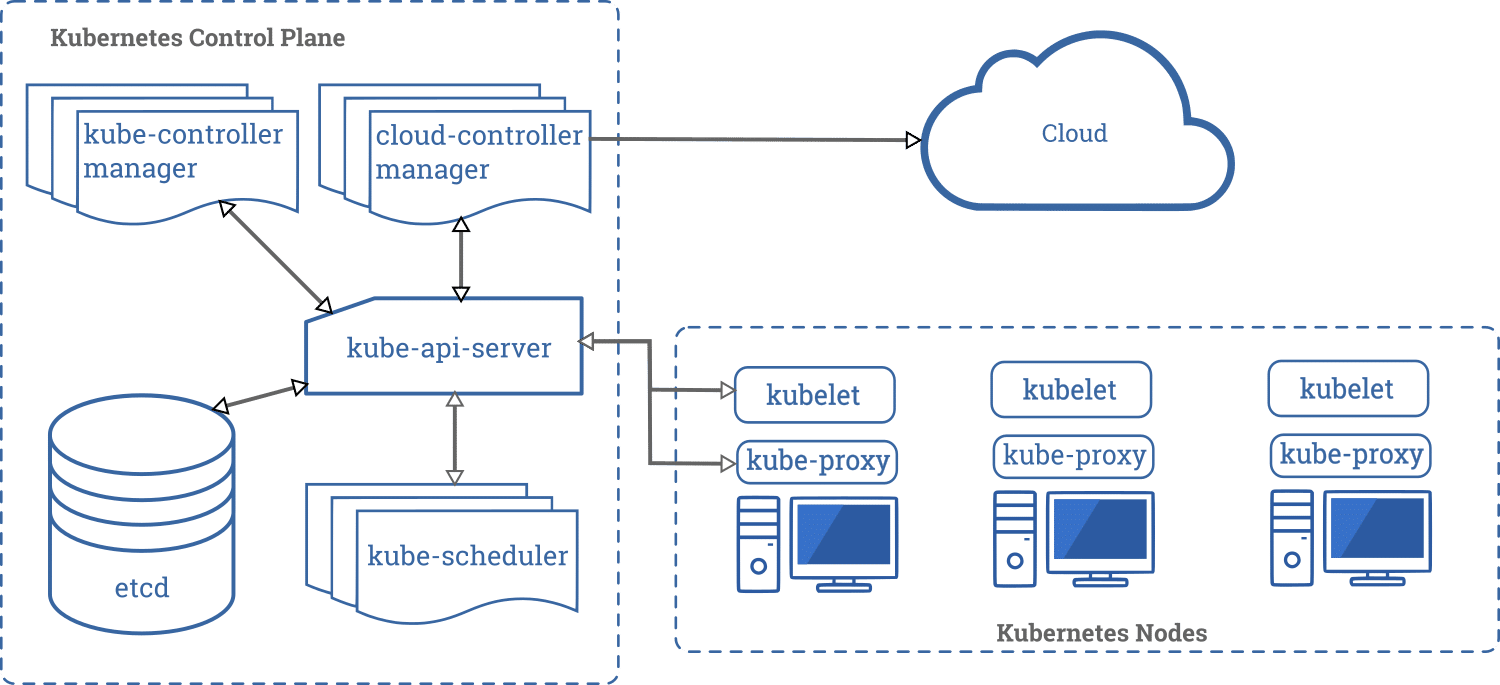As economic challenges persist and the need for efficiency grows, businesses are turning to Kubernetes to streamline their containerized applications. This open-source platform offers a comprehensive set of tools for deployment, scaling, and management, enabling companies to optimize their operations in a distributed environment.
Kubernetes, often abbreviated as K8s, originated from Google and has since become a cornerstone for managing containerized workloads. Its declarative approach to application management allows users to define their desired state, while Kubernetes ensures the actual state matches it.
Businesses leveraging Kubernetes have reported significant benefits, including simplified deployment and management processes. With automated scaling capabilities, Kubernetes monitors resource utilization and adjusts application instances as needed, optimizing performance and minimizing costs.

High Availability
Furthermore, Kubernetes ensures high availability through self-healing mechanisms and distributed load balancing, reducing downtime and enhancing reliability.
Understanding key Kubernetes concepts is crucial for effective management. Pods serve as the smallest deployable units, while services provide stable network endpoints for accessing them. Deployments define the desired state of applications, facilitating seamless updates and scaling.
Kubernetes follows a master-worker architecture, with the master node managing the cluster and worker nodes executing applications. Setting up a Kubernetes cluster can be done locally for development or through managed services for production environments.
Deploying applications on Kubernetes is flexible, with options ranging from YAML manifests to Helm charts and Kubernetes operators. These tools offer varying levels of abstraction and automation, catering to diverse deployment needs.
"Cultivating efficiency in today's dynamic business landscape demands more than just innovation—it requires strategic utilization of cutting-edge technologies"
Scaling and managing applications on Kubernetes is straightforward, with support for horizontal and vertical scaling, as well as autoscaling based on workload demands.
Monitoring and troubleshooting are integral aspects of Kubernetes management, with built-in features for logging, metrics collection, and health checks. Troubleshooting tools like kubectl provide insights into cluster resources and aid in resolving issues efficiently.
In conclusion, Kubernetes offers a robust solution for businesses looking to optimize their containerized applications. By embracing Kubernetes basics and leveraging its features, organizations can streamline their operations, improve efficiency, and adapt to evolving business needs effectively.




